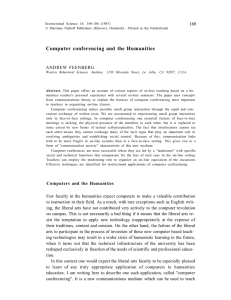Types of Conferences - School District #42
advertisement
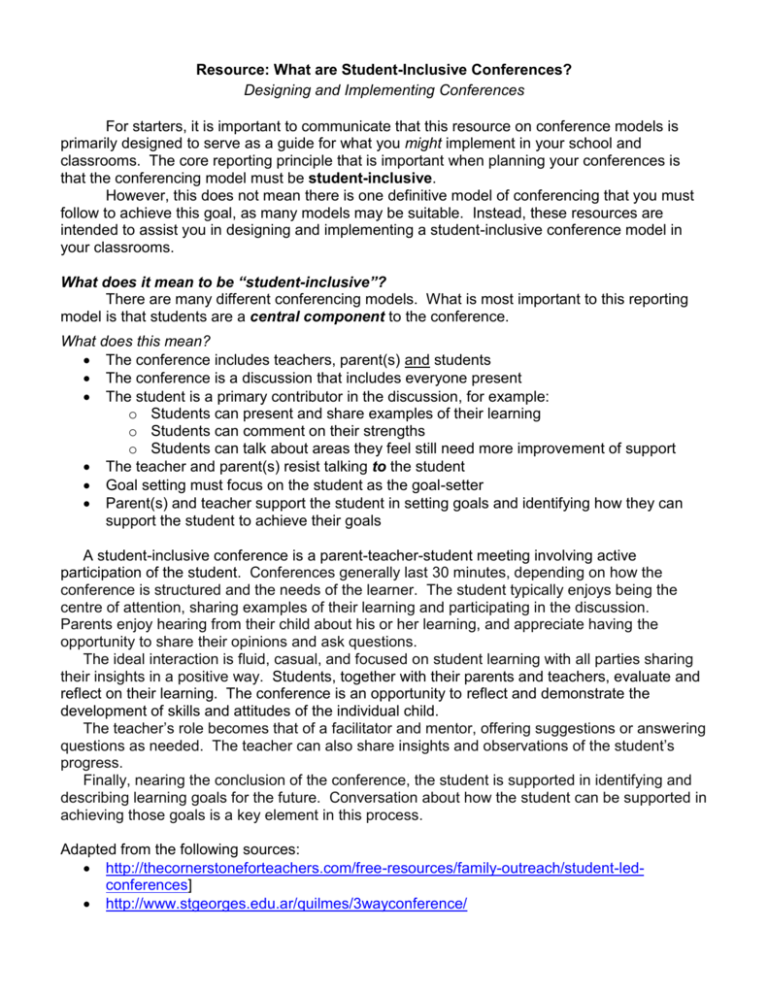
Resource: What are Student-Inclusive Conferences? Designing and Implementing Conferences For starters, it is important to communicate that this resource on conference models is primarily designed to serve as a guide for what you might implement in your school and classrooms. The core reporting principle that is important when planning your conferences is that the conferencing model must be student-inclusive. However, this does not mean there is one definitive model of conferencing that you must follow to achieve this goal, as many models may be suitable. Instead, these resources are intended to assist you in designing and implementing a student-inclusive conference model in your classrooms. What does it mean to be “student-inclusive”? There are many different conferencing models. What is most important to this reporting model is that students are a central component to the conference. What does this mean? The conference includes teachers, parent(s) and students The conference is a discussion that includes everyone present The student is a primary contributor in the discussion, for example: o Students can present and share examples of their learning o Students can comment on their strengths o Students can talk about areas they feel still need more improvement of support The teacher and parent(s) resist talking to the student Goal setting must focus on the student as the goal-setter Parent(s) and teacher support the student in setting goals and identifying how they can support the student to achieve their goals A student-inclusive conference is a parent-teacher-student meeting involving active participation of the student. Conferences generally last 30 minutes, depending on how the conference is structured and the needs of the learner. The student typically enjoys being the centre of attention, sharing examples of their learning and participating in the discussion. Parents enjoy hearing from their child about his or her learning, and appreciate having the opportunity to share their opinions and ask questions. The ideal interaction is fluid, casual, and focused on student learning with all parties sharing their insights in a positive way. Students, together with their parents and teachers, evaluate and reflect on their learning. The conference is an opportunity to reflect and demonstrate the development of skills and attitudes of the individual child. The teacher’s role becomes that of a facilitator and mentor, offering suggestions or answering questions as needed. The teacher can also share insights and observations of the student’s progress. Finally, nearing the conclusion of the conference, the student is supported in identifying and describing learning goals for the future. Conversation about how the student can be supported in achieving those goals is a key element in this process. Adapted from the following sources: http://thecornerstoneforteachers.com/free-resources/family-outreach/student-ledconferences] http://www.stgeorges.edu.ar/quilmes/3wayconference/ Student-Inclusive Conference Resources When Students Lead Conferences, Educational Leadership April 1996, Volume 53, Number 7 Working Constructively with Families, pp64-68 http://www.ascd.org/publications/educational_leadership/apr96/vol53/num07/When_Students_Le ad_Parent-Teacher_Conferences.aspx Parent-student-teacher Conferences Keep the Focus on the Child Responsive Classroom April 2005 https://www.responsiveclassroom.org/article/parent-student-teacher-conferences-keep-focuschild Three-Way Conferencing Video Example http://www.teachertube.com/viewVideo.php?video_id=48092 Whose Conference Is It Anyhow? http://kathycassidy.com/2013/03/24/whose-conference-is-it-anyhow/ Great, quick overview of putting the student at the centre of the conference. Portfolios Matter, Shirley-Dale Easley (book) http://www.pembrokepublishers.com/view_book.cgi?isbn=9781551381510 “Provides teachers with everything they need to set up a portfolio system and use it to inform instruction and assessment in a balanced learning program. From laying the groundwork to deciding what to put in a portfolio to sharing portfolios through conferencing, this book will help new and experienced teachers on their journey towards creating successful learners. More valuable than a simple report card, portfolios are living documents that provide a useful record students can take with them through their school years. Includes everything teachers need to set up a portfolio system and use it to inform instruction and assessment in a balanced learning program.”
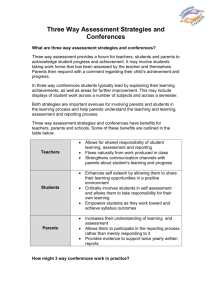
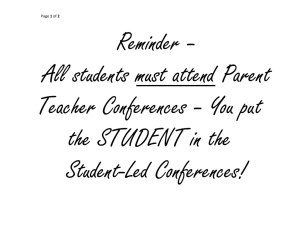
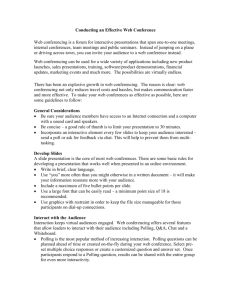
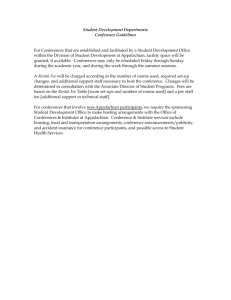
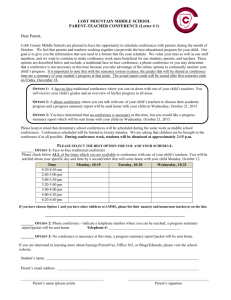
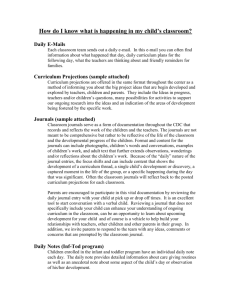
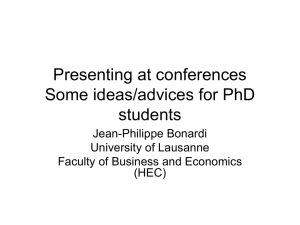
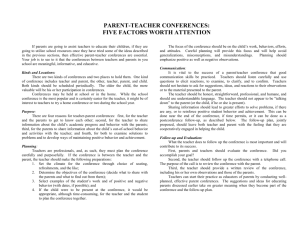
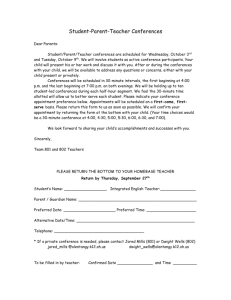
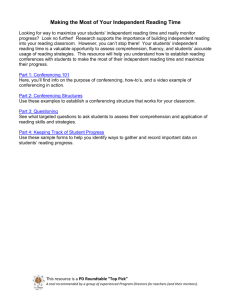
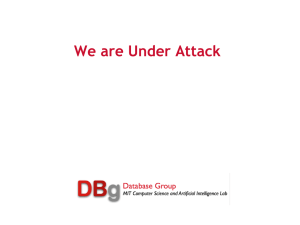
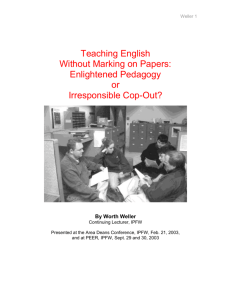
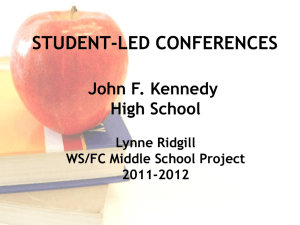
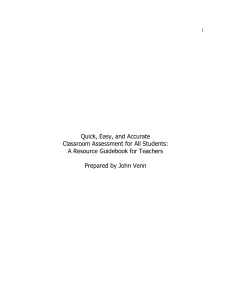

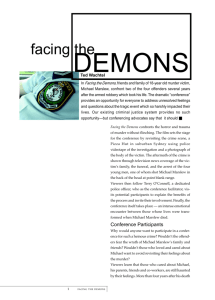
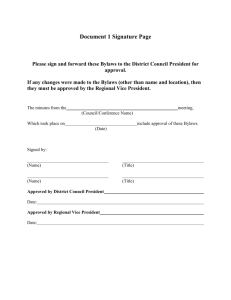
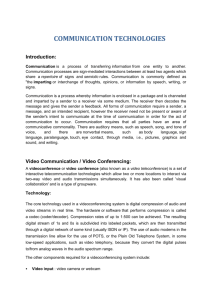
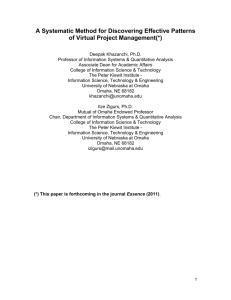
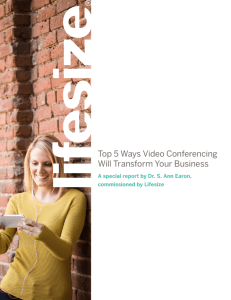
![[A. Kaye and R. Mason, eds., Mindweave: Communication, Computers, and... Education, Pergamon Press, 1989, pp. 22-39.]](http://s2.studylib.net/store/data/011159888_1-fe00ded6e68cfd02371424a43fcd084b-300x300.png)
